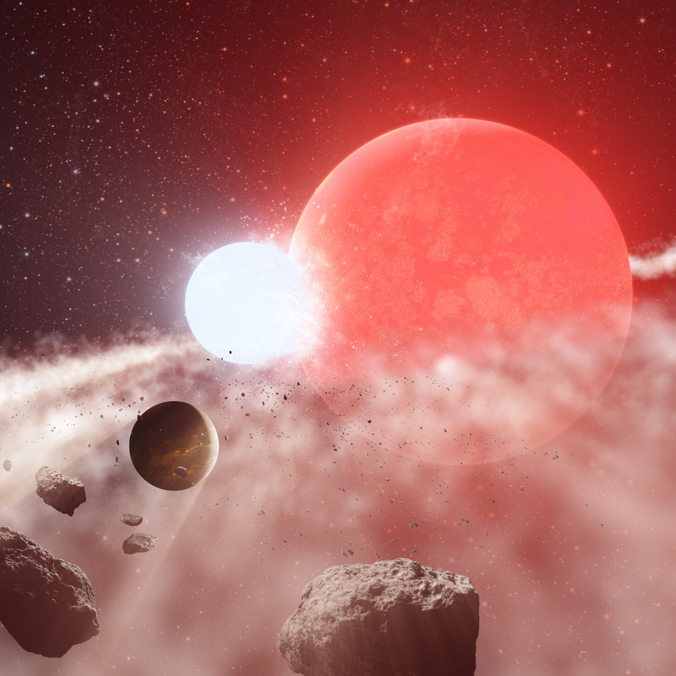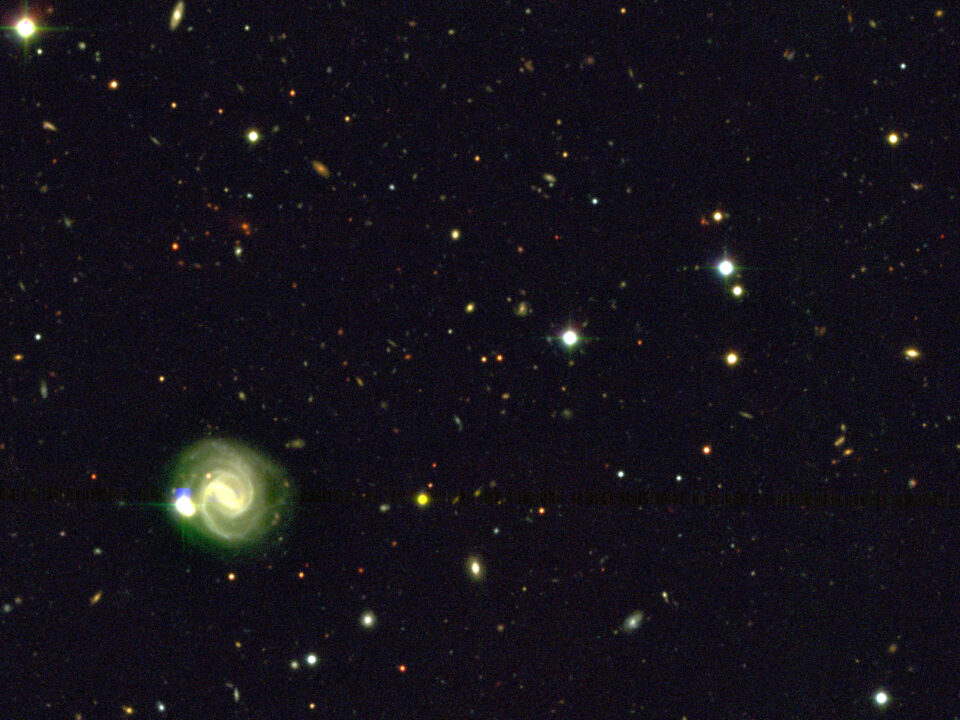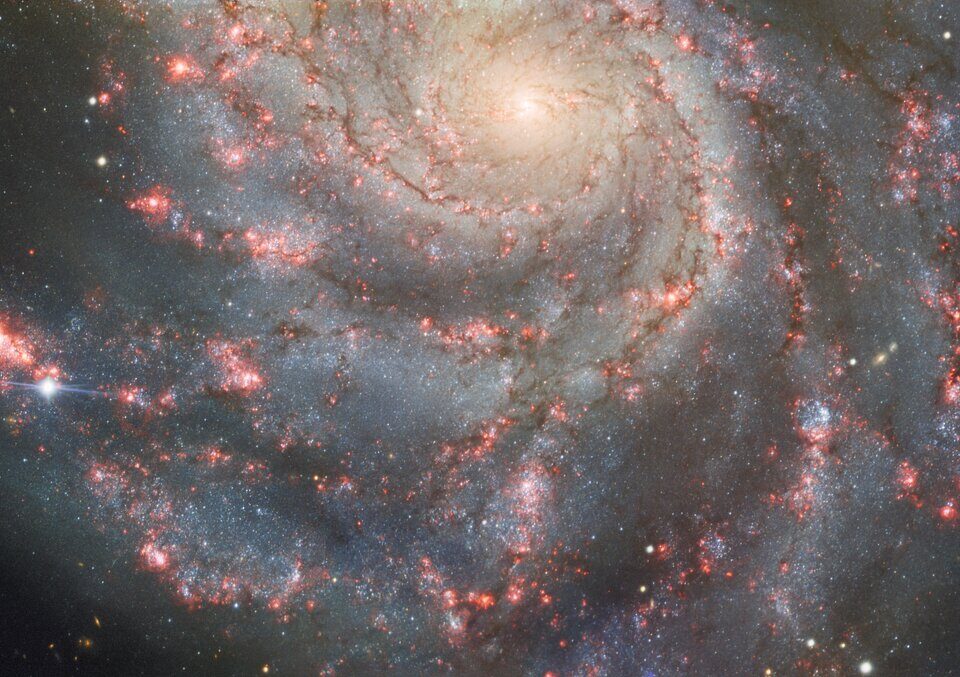Discovery of Death Defying Planet

Gemini North Back On Sky With Dazzling Image of Supernova in the Pinwheel Galaxy
June 13, 2023
Hawai’i Observatories Adding Color to the Euclid Space Mission
July 11, 2023Artist’s rendition of the possible scenario where Baekdu was originally a binary system comprising a red giant star closely orbiting a white dwarf star. The proximity of the stellar pair enabled the transfer of material between the two stars, leading to their eventual merger. Planet Halla is in the foreground orbiting dangerously close, yet far enough to survive the impact of the star couple’s explosive collision. Credit: W. M. Keck Observatory/Adam Makarenko
Astronomers from the University of Hawaiʻi Institute for Astronomy (UH IfA) have made the remarkable discovery of a planet’s survival after what should have been certain doom at the hands of its sun. The Jupiter-like planet, known as 8 UMi b, but officially named Halla, orbits the red giant star Baekdu (8 UMi) at only half the distance separating the Earth and the Sun. Using two Maunakea Observatories – W. M. Keck Observatory and Canada-France-Hawaiʻi Telescope (CFHT) – a team of astronomers led by Marc Hon, a NASA Hubble Fellow at UH IfA, has discovered that Halla persists despite the star engulfing the planet, as it turned into a red giant star, before shrinking to its current size at only one tenth of that distance. For more details see the University of Hawai’i press release.




